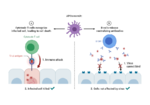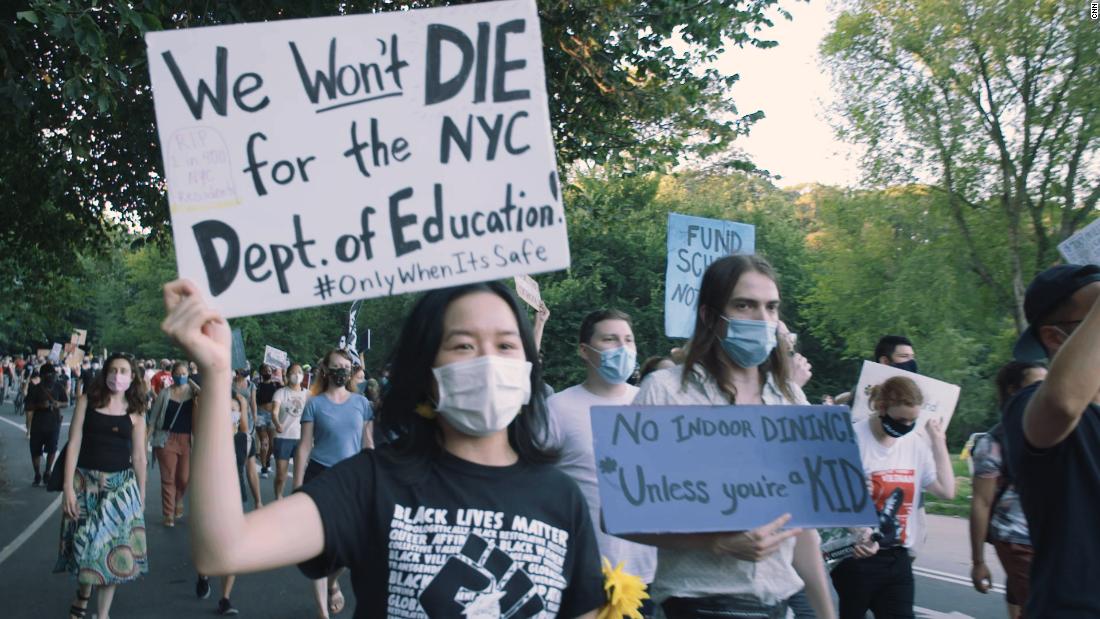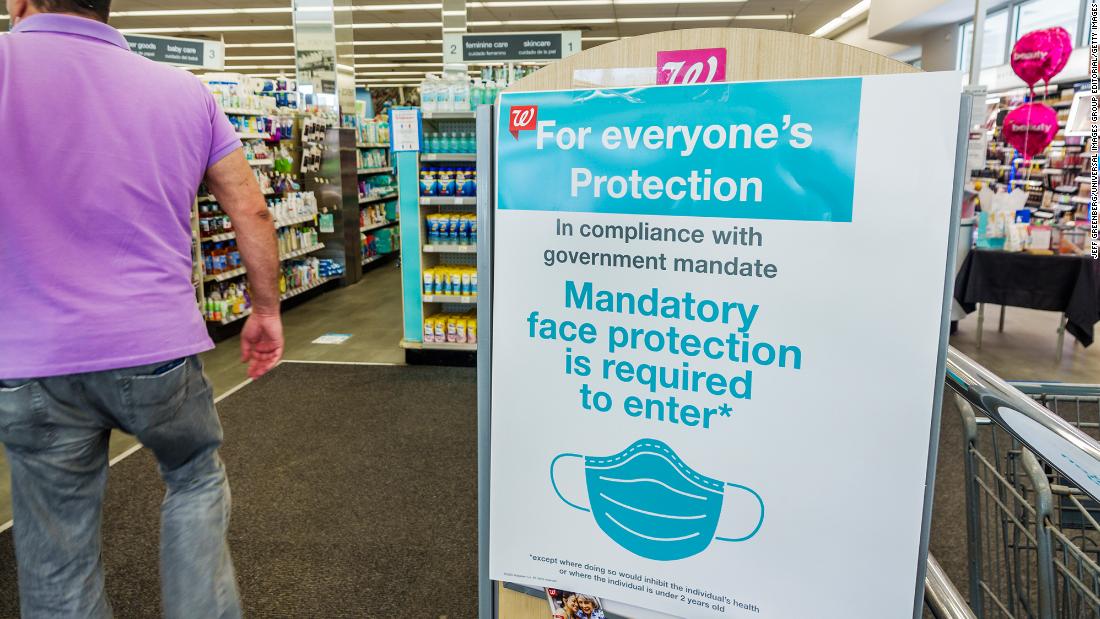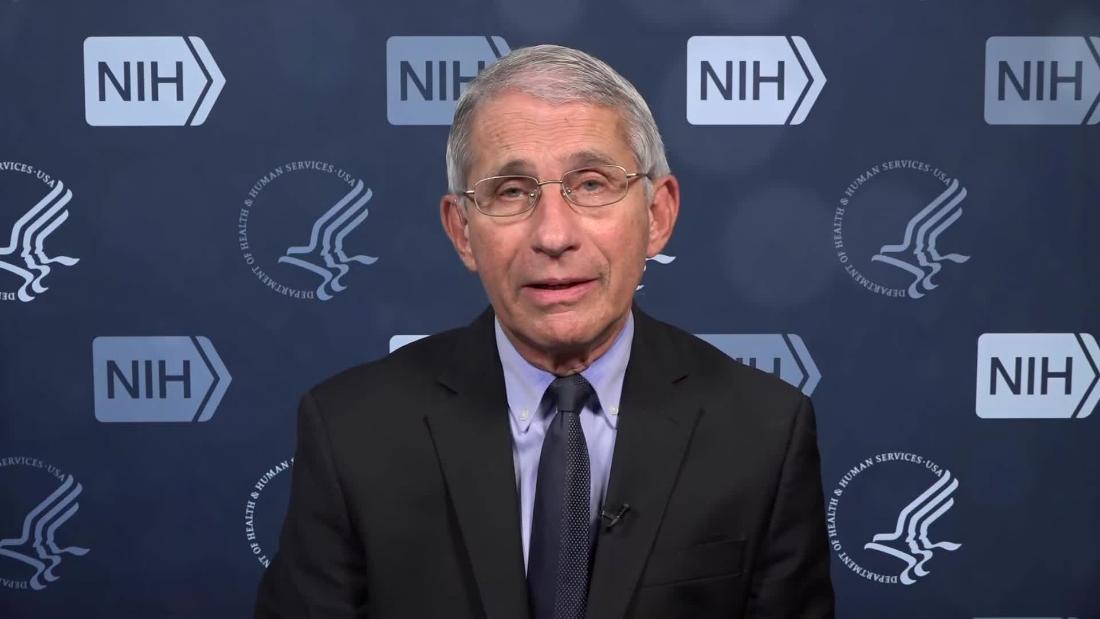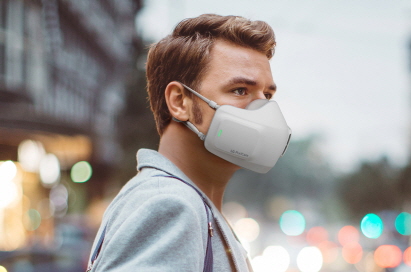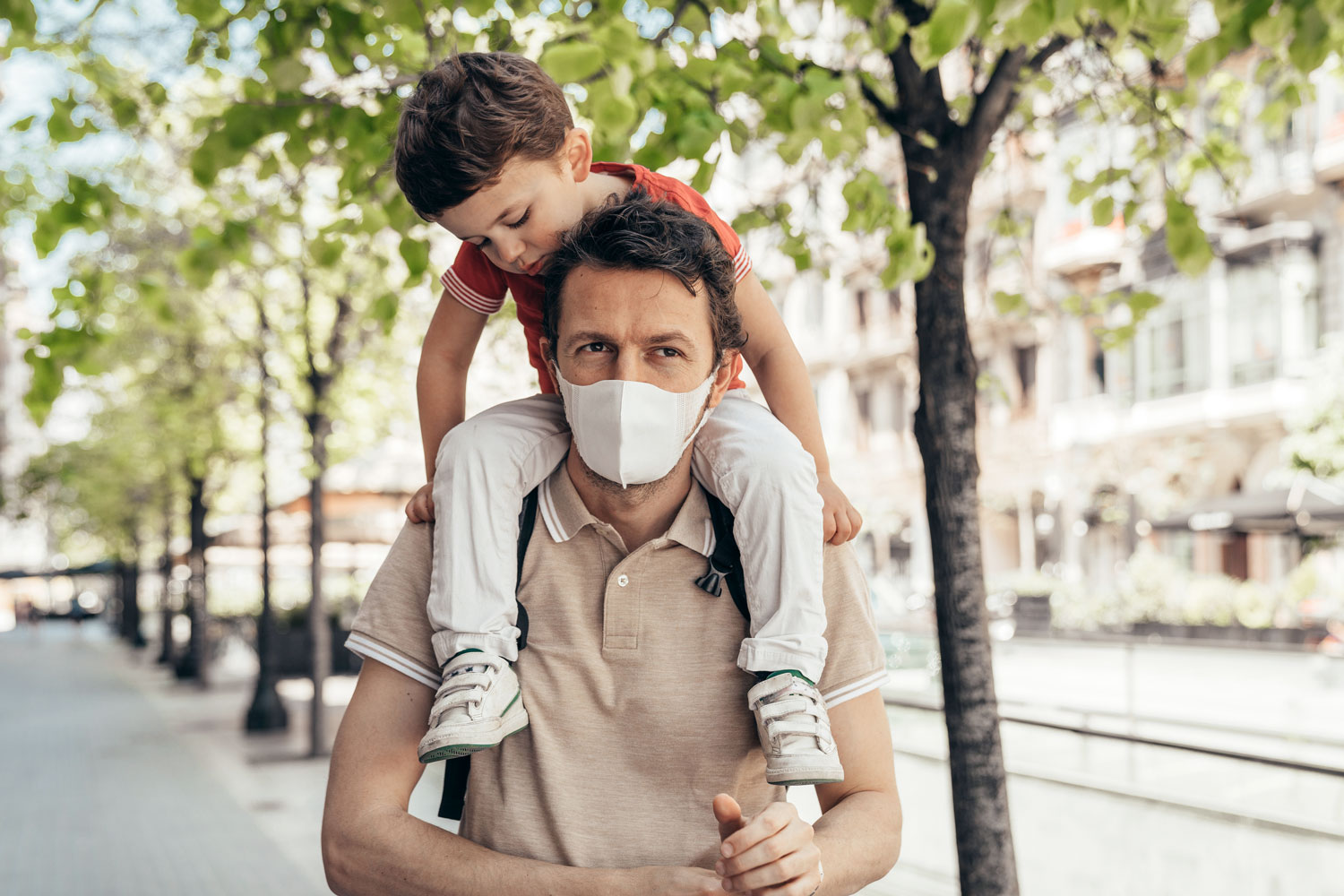While in Boston I used the YMCA on Huntington. It's an amazing old building but it's terrible as a gym for all the reasons you just listed. I can imagine how many buildings are in exactly the same state.
It's not just the beautiful old buildings. It's new schools as well.
The high school I went too was brand new. Built in 1999.
Air Conditioning is not considered essential for schools here. 3 seasons out of the year you don't need it, and schools are not open in the summer. Around here, if we happen to get a heat wave while schools are open, school is canceled like a snow day. It happens, but school is still more likely to be canceled because of snow than heat.
When they designed my high school, they did layout one option that had HVAC and good air circulation. It was not chosen because the added expense was considered prohibitory. The town did not have the money, and the amount of money the state approved to aid the project was not enough.
Schools are generally built with the bare minimum of heating system they can get away with. As that's all that they have in their budgets.
School systems don't have the money to update older buildings. And the cost of building a new building are so high and the amount of funding they have available is less that what it used to be. State aid has been way down since the "Big Dig". Cuts to the education budget are in place for 50 years to help payoff the big dig project. Towns have been attacking property taxes and lowering them instead of increasing them.
Even if they had the budget, I would not expect most to include it. For example, university and college dorms do not have AC around here. If new construction of a dorm includes it it's an exception to the rule.


